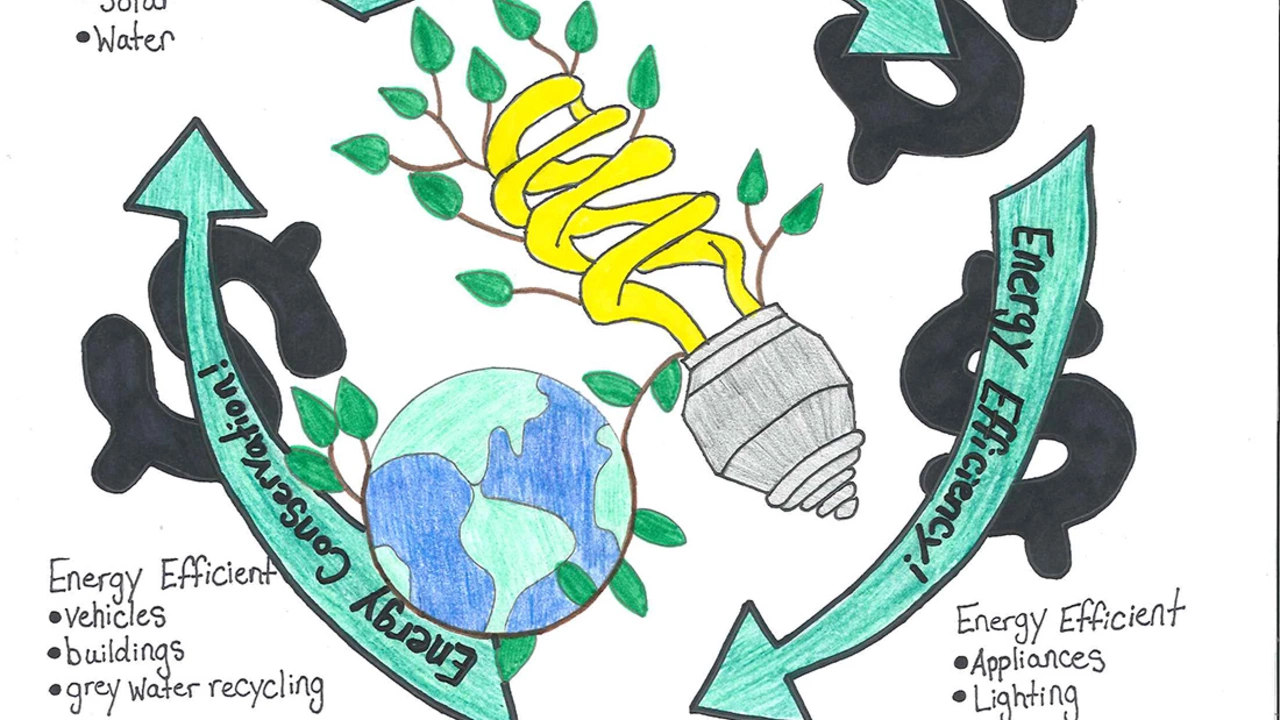Energy Efficiency Tips for Swimmers and Pools
Ever wondered how you can make your swim routine kinder to the planet and your wallet? The good news is you don’t need a high‑tech overhaul. Small changes in the pool and in the way you swim can shave off kilowatts and boost performance. Let’s break down the easy actions you can start today.
Save Energy at the Pool
First up, the pool itself. Most community centers run their pumps and heaters nonstop, which guzzles electricity. Talk to the manager about installing variable‑speed pumps – they adjust flow based on demand and can cut power use by up to 70%.
Cover the pool when it’s not in use. A simple solar blanket keeps heat from escaping, meaning the heater works less. If you’re a home pool owner, check the insulation on the walls and floor; good insulation reduces the need for constant reheating.
Turn off the lights in the pool area at night or use motion‑sensor LEDs. They only shine when someone’s around, saving a surprising amount of electricity over a season.
Boost Your Own Efficiency in the Water
Now, let’s look at you. The way you move through water affects how much energy you waste. Focus on a streamlined body position: keep your head low, hips up, and arms tight. This reduces drag and lets you glide farther with each stroke.
Try breathing every three strokes instead of every two. It forces a balanced stroke pattern and eliminates the uneven effort that can spike your heart rate.
Use a pull buoy or kickboard for part of your workout. These tools isolate specific muscles, letting you train more efficiently without overtaxing your whole body.
Replace old swim gear with modern, low‑drag fabrics. New swimsuits and caps cut resistance, meaning you need less effort to maintain speed.
Lastly, monitor your training with a waterproof fitness tracker. Knowing your distance, pace, and stroke count helps you spot inefficient habits and correct them on the fly.
By combining pool‑level upgrades with smarter swimming habits, you’ll lower energy bills, shrink your carbon footprint, and probably shave seconds off your lap times. It’s a win‑win that anyone can start right now.
